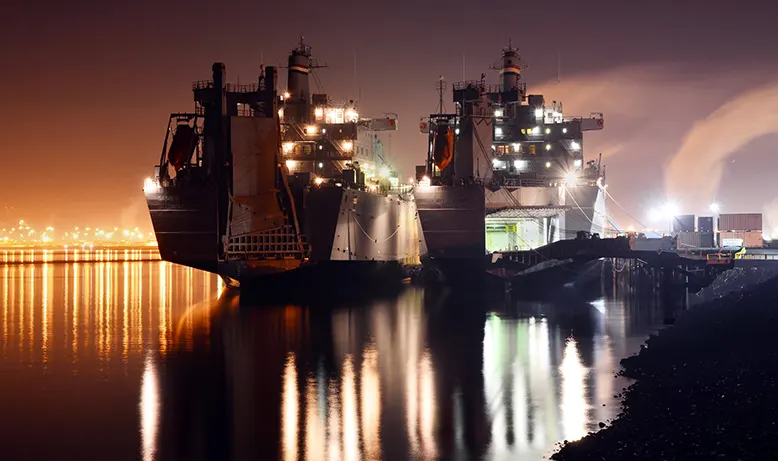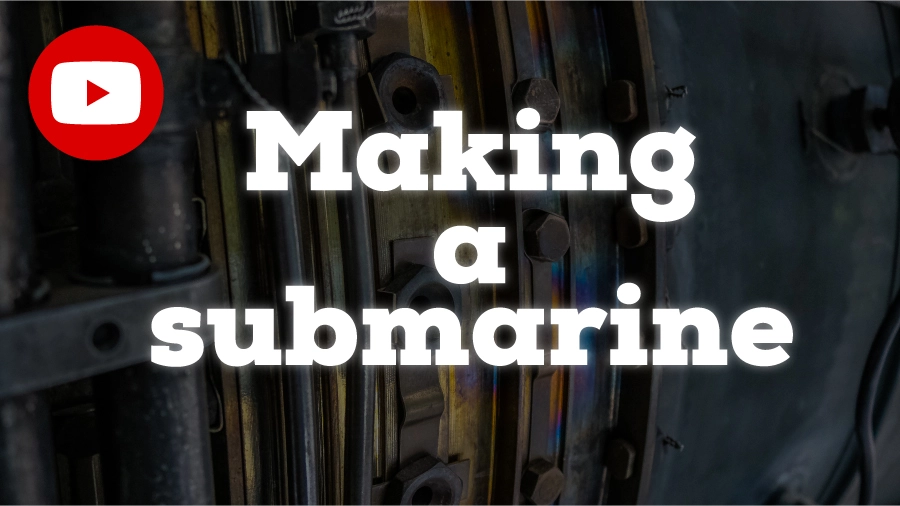The metallurgy book of SteelArchives
Are there many metals?
Yes, a lot. Of the 118 known chemical elements, 70 are metals and they are classified into two categories: ferrous and non-ferrous. The most commonly used are iron, copper, aluminium and zinc. Or gold, silver, tin. But you know others: tungsten, which is the filament in light bulbs, and of course the electrodes used in the TIG welding process, or uranium, which is essential for nuclear power stations. In addition to these base metals, there are alloys.
without metallurgy, no pretty ship.

What are alloys?
Man-made mixtures of metals. Bronze, for example, is a mixture of copper and tin; brass is a mixture of copper and zinc. In fact, many objects are made of mixed metals: alloys have their own advantages.
What are these benefits?
In general, alloys improve the performance of the metals of which they are made. For example, bronze is harder than copper or tin. Brass is more resistant to corrosion: it is less damaged by air or water than copper or zinc. As for duralumin, composed of aluminum, copper and other metals, it is so light and resistant that it is widely used in aeronautics, in the manufacture of aircraft. Corrosion is a phenomenon of slow and progressive destruction by chemical action, under the effect of water, air, acids... A metal is considered unalterable when it is not susceptible to this corrosion.
Where are metals found?
In the earth's crust! Yes, metals are found in ores, in rocks: when large deposits are discovered, mines are opened. metals that exist in their pure state are said to be "native". This is the case for gold, silver, copper... Others are hidden: combined with other elements, they exist in the form of ores. For example, if the metal is combined with oxygen, it is found in an ore called oxide. This is the case with aluminium or iron. If it is combined with sulphur, it is hidden in an ore called sulphide. Like zinc.
How are the metals obtained?
In several stages. For native metals, it is relatively simple: the metals are extracted from the deposits and separated from their gangue, i.e. the earth that surrounds them.
And the hidden metals?
For them, it is more complicated! Once separated from its gangue, the ore undergoes various processes to extract the metal. Depending on the case, the ore may be heated, roasted, transformed from a solid to a liquid state, volatilised, electrolysed, etc. Then the metals obtained are refined, purified as much as possible, 99.9% is the record. As you will see in the next pages of this online book, the passage from ore to metal, then to objects, is very elaborate. To meet the needs of our societies today.
How do we recognise metals?
Although each one has its own identity, they all have points in common. For example, they have a shiny appearance, called metallic sheen.
To see this, rub a piece of coal and a copper coupon with a rag. What do you think?
Only copper will shine. In principle, metals are solid (except for mercury, which is the only liquid metal. It has a very shiny appearance and is nicknamed "quicksilver"). This does not prevent them from being malleable: they can be given particular shapes, moulded, flattened and cut. They can also be stretched: metals are said to be ductile. In addition, metals are good conductors of heat and electricity. This is why some metals become electrical wires or pots and pans. It must be said that they do not usually melt easily.
How are all these properties known?
One of the reasons is the chemistry of metals. This science, which began in the 18th century, is very important for extracting and processing metals. And to protect against corrosion. It teaches that metal is "alive", that under the effect of heat and acids, it transforms by combining with other elements: this is called transmutation. Yes, metals transmute and, what's more, they like it! For example, many like to combine with oxygen: they oxidise. Our distant ancestors did not know this: in the prehistoric age, they were doing chemistry without knowing it. Most metals can melt: their melting temperature varies according to their nature. Tungsten is very strong. It melts at over 3000°C. This is why it is used in the TIG welding process. Oxidation is the tendency of certain metals to combine with oxygen, in other words to oxidise. A metal or alloy that does not oxidise is called stainless. Oxidation is sometimes used to insulate a metal. This process is also called reduction.
